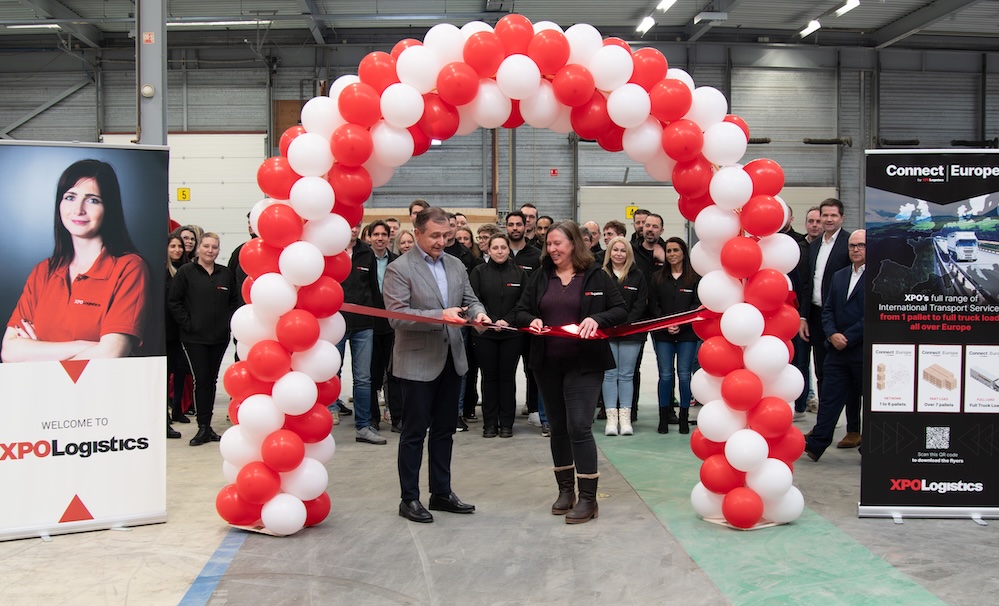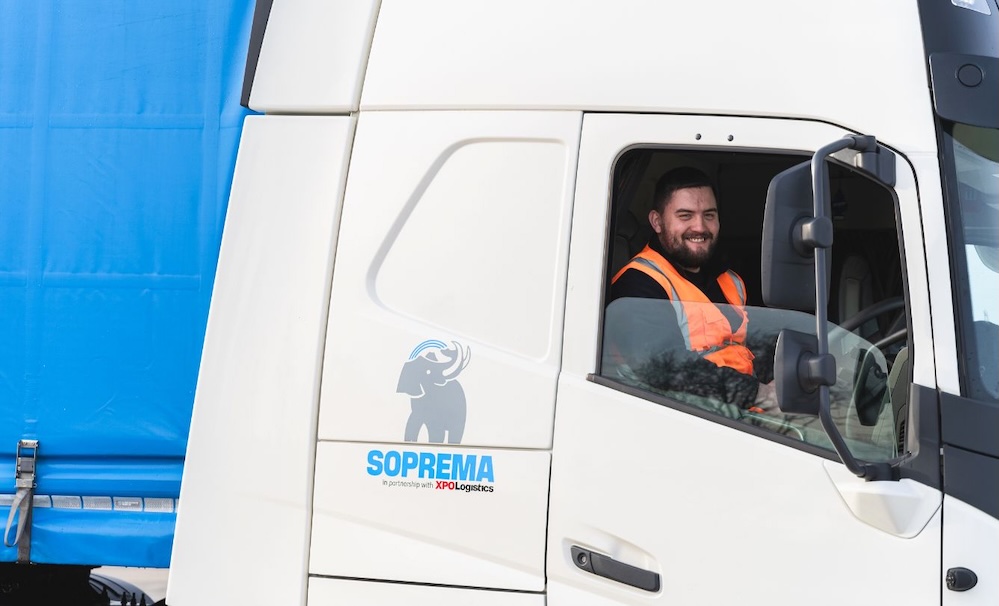Southgate Global, leading operational logistics and fulfilment equipment, consumables and services supplier, reveals how making the switch to a Mobile Powered Workstation (MPW) at a loading bay, can boost dock-to-stock cycle times and give companies a performance edge.
Loading bays play a pivotal role in the shipping and logistics process, and they can have a huge impact on organisational business models – Walmart’s pioneering on cross docking being just one example.
As the speed of the supply chain continues to ramp up, with consumers expecting orders within two days or less and B2B customers looking for more efficiency in JIT delivery processes, warehouses can no longer afford to have inventory sat at docks waiting to be logged, unpacked, and transferred to storage.
Speeding up processes and reducing dock-to-stock time, which is the time it takes to put goods that arrive at the loading bay away on the racks, is rising to the top of the agenda.
According to data that the Southgate Global team have seen, leading companies that have mastered the dock-to-stock time keep it to around two hours or better, but the industry average is more like eight hours (at best).
As companies look to stay competitive, warehouse and distribution centre managers are turning to innovative tools to help them stay ahead. Phil O’Driscoll, Head of Innovation & New Product Development at Southgate Global, explains how its MPW can ensure exactly that.
“We are witnessing an increasing number of customers turning to us for solutions to move receipts and shipments off their loading bays and into stock as quickly as possible. If you’ve got product waiting to be received it has multiple impacts, including inventory turns, customer service and order cycle times. Not to mention the problems it causes with space issues and congestion at the dock and in the warehouse.
“By implementing an MPW at the dock door which has its own integrated power system used to power laptops, barcode printers or scanners, you can reduce your processing time for each delivery by dealing with all the stock entry requirements and ERP updates at the point and time of arrival. If you’re saving around 4 hours a day, when calculated annually this quickly adds up to a huge saving in cost.
“You just wheel the MPW into a position, lock the wheels and plug your equipment into the onboard power supply. For those who already have a workstation at their dock but require power, the Mobile Power Supply can be provided separately.”
With over 600 customers across the UK and Europe, Southgate already supplies its MPW to major logistics and fulfilment operatives and has calculated it can cut businesses costs by £5,691 per operative per year.
O’Driscoll also stressed the benefits of taking paper out of the equation and being able to move the MPW around the warehouse: “Workers are still walking back and forth to a fixed workstation to find purchase orders, enter data and print labels, and this wasted time quickly adds up. For many of our customers, once they made the switch to our MPW, they found that they had freed up time they never knew existed, essentially doubling workforce productivity just by reducing the number of steps that workers take on the warehouse floor.
“By making the switch to an MPW, companies can also reduce the risk of inaccurate data entries. Having an MPW at the loading bay means you are majorly reducing the likelihood of mis-keyed data, stock-keeping errors from scribbled notes or misprinting stock labels all whilst eliminating walk time. Everything you need is at your fingertips.”
Southgate’s MPW includes a two-battery solution each providing 16 hours of battery life, enough for two shifts per battery.
Overlooking the importance of cost saving opportunities at the loading bay is a common mistake which companies can no longer afford to make. As demands for speed and efficiency continue to rise, we expect to see the use of MPW’s as an essential element of any optimised warehouse moving forward.”








